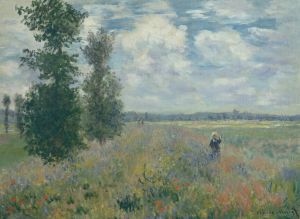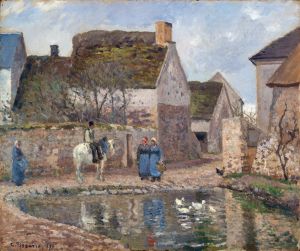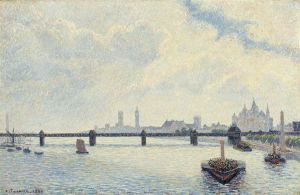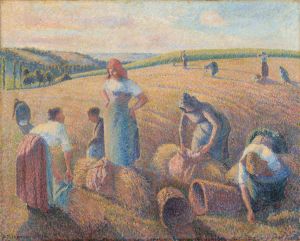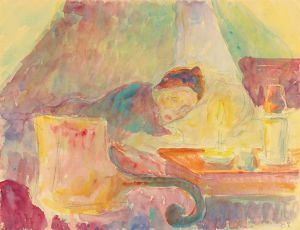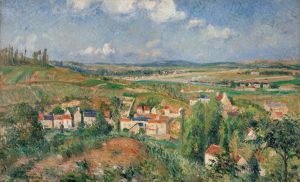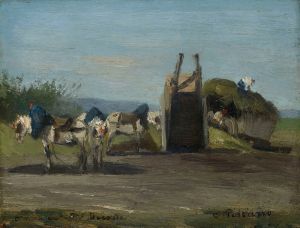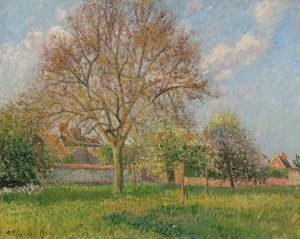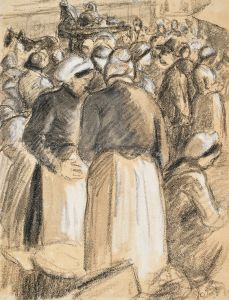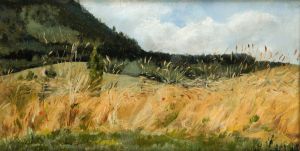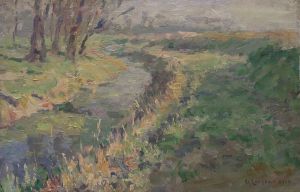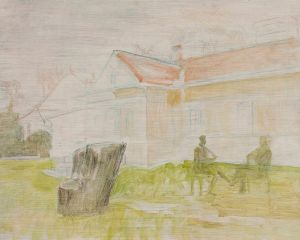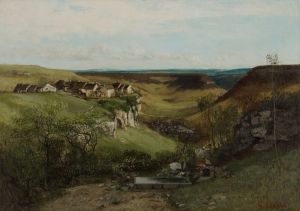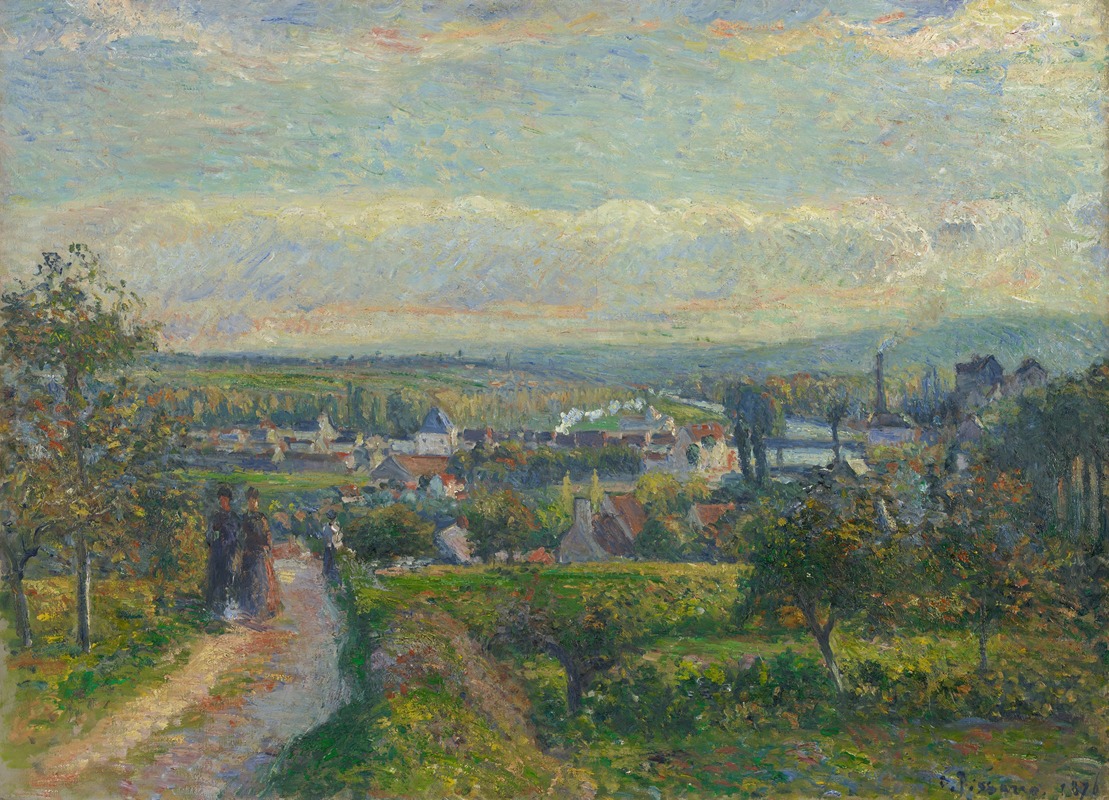
View of Saint-Ouen-l’Aumône
A hand-painted replica of Camille Pissarro’s masterpiece View of Saint-Ouen-l’Aumône, meticulously crafted by professional artists to capture the true essence of the original. Each piece is created with museum-quality canvas and rare mineral pigments, carefully painted by experienced artists with delicate brushstrokes and rich, layered colors to perfectly recreate the texture of the original artwork. Unlike machine-printed reproductions, this hand-painted version brings the painting to life, infused with the artist’s emotions and skill in every stroke. Whether for personal collection or home decoration, it instantly elevates the artistic atmosphere of any space.
Camille Pissarro, a prominent figure in the Impressionist movement, painted "View of Saint-Ouen-l’Aumône" in 1873. This artwork is a quintessential example of Pissarro's dedication to capturing the essence of rural and suburban landscapes in France during the late 19th century. Pissarro, known for his innovative approach to painting and his influence on the Impressionist movement, often depicted scenes of everyday life, focusing on the interplay of light and color.
"View of Saint-Ouen-l’Aumône" illustrates the village of Saint-Ouen-l’Aumône, located in the Île-de-France region, not far from Paris. This area was a frequent subject for Pissarro, who was deeply inspired by its serene landscapes and the changing effects of light throughout the day and seasons. The painting reflects Pissarro's interest in rural settings and his ability to convey the tranquility and simplicity of the countryside.
In this painting, Pissarro employs his characteristic loose brushwork and a light palette to capture the natural beauty of the scene. The composition is carefully structured, guiding the viewer's eye through the landscape, which includes fields, trees, and the village itself. Pissarro's use of color is particularly noteworthy; he applies a range of greens, blues, and earth tones to create a harmonious and vibrant depiction of the landscape. The sky, often a focal point in his works, is rendered with soft, diffused light, suggesting a peaceful, almost idyllic atmosphere.
Pissarro's technique in "View of Saint-Ouen-l’Aumône" exemplifies the Impressionist style, characterized by an emphasis on capturing the fleeting effects of light and atmosphere. This approach marked a departure from the more detailed and precise techniques of earlier art movements. Instead, Pissarro and his contemporaries sought to convey their immediate impressions of a scene, often working en plein air, or outdoors, to better capture the natural light and colors.
The painting also reflects Pissarro's interest in the social and economic changes occurring in France during this period. As industrialization began to alter the landscape, Pissarro's work often highlighted the contrast between the traditional rural life and the encroaching modernity. In "View of Saint-Ouen-l’Aumône," however, the focus remains on the enduring beauty of the countryside, untouched by the industrial developments of the time.
Pissarro's influence on the Impressionist movement and subsequent generations of artists cannot be overstated. His commitment to exploring new techniques and his willingness to experiment with different styles made him a pivotal figure in the art world. "View of Saint-Ouen-l’Aumône" is a testament to his skill as a landscape painter and his ability to capture the essence of a place with sensitivity and nuance.
Today, Pissarro's works, including "View of Saint-Ouen-l’Aumône," are celebrated for their contribution to the development of modern art. His paintings are housed in major museums and collections worldwide, where they continue to be studied and admired for their innovative approach and enduring beauty.





